Prior to the opening of Japan between 1853 and 1867, trading was heavily regulated and primarily done with the Dutch through the port of Dejima. One of the more interesting items that was brought to Dejima was a damaged Scheiffel airgun, which was eventually in the possession of Kyogoku Takamasa, one of the feudal lords of the Tango province. The airgun was eventually shown to Ikkansai Kunitomo, a craftsman who belonged to a long line of gunsmiths and a well-respected inventor. Kunitomo was commissioned to repair the gun, which he did, returning it Kyogoku, but was unsatisfied with the performance and renovated it, having a finished product that he gave to Kyogoku in March of the following year. He also provided a demonstration of the rifle in May, with several leaders and feudal domains submitting orders for rifles; the demonstration is recorded in the Kihoushishyazu, which is particularly interesting as Tadayuki Sakai was very impressed, but Kunitomo was disappointed and indicates that the performance was a fluke. Kunitomo also produced a manual for the manufacturing of these guns in spring of 1819, which he says he wrote because "my gate is crowded every day by persons coming to answer questions about this air gun...I can only say that this (book) pictures an answer for collectors everywhere." Very few guns still exist, but a comparison was written in 1967 which compared a Scheiffel airgun (believed to be the one that Ikkansai duplicated), and 2 other guns attributed to Kunitomo, one called the Kunitomo gun and the other the McKay gun. Both examples are attributed to Kunitomo based on their characteristics, and this example is in the same vein and is very likely that this gun is of the same pedigree, with some distinct advances that Kunitomo or one of the other Japanese gunsmiths were experimenting with. The barrel is made of a brass tube and made without sights, and covered in a wooden sheath, with a brass muzzle device and an iron screw breech. A ramrod with a brass tip and an iron finial is likely the original based on having the appropriate length. The Scheiffel barrel is lined and wrapped in sheet iron with a visible seam, but the Kunitomo barrel is not. While the design of the barrel itself is different (a wood sheath instead of a leather wrap, no sights), the breech side is remarkably similar to Kunitomo and Scheiffel barrels, with a female thread that feeds onto a male thread on face of receiver, but closer to Kunitomo's simpler design instead of the fancier Scheiffel edging. The lock mainspring is in the Japanese style with a distinct downward slope instead of the more forward facing example seen on the Scheiffel lock. The hammer is hooked at the top in a more subdued style, with similar to the Scheiffel and McKay along with Kunitomo's drawing. The mainspring has a squared top that sits in a notch. The trigger spring is an inverted V, with a screw and a single positioning pin very similar to the McKay design. The striker has been upgraded in a rather clever way, shortened from the top and utilizing a lug on the right side that interfaces with a second lug on the inside of the hammer, streamlining the design. When the hammer drops, it forces a strike pin back which opens the valve and discharges the air. The screws also appear to be of a Japanese example, as the threads are only cut to where they need to be and no further. The reservoir is distinctly in Kunitomo's style as it utilizes a leather wrap with visible cord wrapping underneath the leather, brass buttplate, and a brass ring which threads on to action. The valve itself utilizes a square pin like the Scheiffel, but has stacked leather washer, single piece construction, and oval openings much closer to the Kunitomo valve. While none of the known examples have trigger guards, this example does, possibly part of the modernization that was done when the striker was refined. A notch rear sight is mounted to the receiver in its own way; while the Kunitomo and McKay
Prior to the opening of Japan between 1853 and 1867, trading was heavily regulated and primarily done with the Dutch through the port of Dejima. One of the more interesting items that was brought to Dejima was a damaged Scheiffel airgun, which was eventually in the possession of Kyogoku Takamasa, one of the feudal lords of the Tango province. The airgun was eventually shown to Ikkansai Kunitomo, a craftsman who belonged to a long line of gunsmiths and a well-respected inventor. Kunitomo was commissioned to repair the gun, which he did, returning it Kyogoku, but was unsatisfied with the performance and renovated it, having a finished product that he gave to Kyogoku in March of the following year. He also provided a demonstration of the rifle in May, with several leaders and feudal domains submitting orders for rifles; the demonstration is recorded in the Kihoushishyazu, which is particularly interesting as Tadayuki Sakai was very impressed, but Kunitomo was disappointed and indicates that the performance was a fluke. Kunitomo also produced a manual for the manufacturing of these guns in spring of 1819, which he says he wrote because "my gate is crowded every day by persons coming to answer questions about this air gun...I can only say that this (book) pictures an answer for collectors everywhere." Very few guns still exist, but a comparison was written in 1967 which compared a Scheiffel airgun (believed to be the one that Ikkansai duplicated), and 2 other guns attributed to Kunitomo, one called the Kunitomo gun and the other the McKay gun. Both examples are attributed to Kunitomo based on their characteristics, and this example is in the same vein and is very likely that this gun is of the same pedigree, with some distinct advances that Kunitomo or one of the other Japanese gunsmiths were experimenting with. The barrel is made of a brass tube and made without sights, and covered in a wooden sheath, with a brass muzzle device and an iron screw breech. A ramrod with a brass tip and an iron finial is likely the original based on having the appropriate length. The Scheiffel barrel is lined and wrapped in sheet iron with a visible seam, but the Kunitomo barrel is not. While the design of the barrel itself is different (a wood sheath instead of a leather wrap, no sights), the breech side is remarkably similar to Kunitomo and Scheiffel barrels, with a female thread that feeds onto a male thread on face of receiver, but closer to Kunitomo's simpler design instead of the fancier Scheiffel edging. The lock mainspring is in the Japanese style with a distinct downward slope instead of the more forward facing example seen on the Scheiffel lock. The hammer is hooked at the top in a more subdued style, with similar to the Scheiffel and McKay along with Kunitomo's drawing. The mainspring has a squared top that sits in a notch. The trigger spring is an inverted V, with a screw and a single positioning pin very similar to the McKay design. The striker has been upgraded in a rather clever way, shortened from the top and utilizing a lug on the right side that interfaces with a second lug on the inside of the hammer, streamlining the design. When the hammer drops, it forces a strike pin back which opens the valve and discharges the air. The screws also appear to be of a Japanese example, as the threads are only cut to where they need to be and no further. The reservoir is distinctly in Kunitomo's style as it utilizes a leather wrap with visible cord wrapping underneath the leather, brass buttplate, and a brass ring which threads on to action. The valve itself utilizes a square pin like the Scheiffel, but has stacked leather washer, single piece construction, and oval openings much closer to the Kunitomo valve. While none of the known examples have trigger guards, this example does, possibly part of the modernization that was done when the striker was refined. A notch rear sight is mounted to the receiver in its own way; while the Kunitomo and McKay

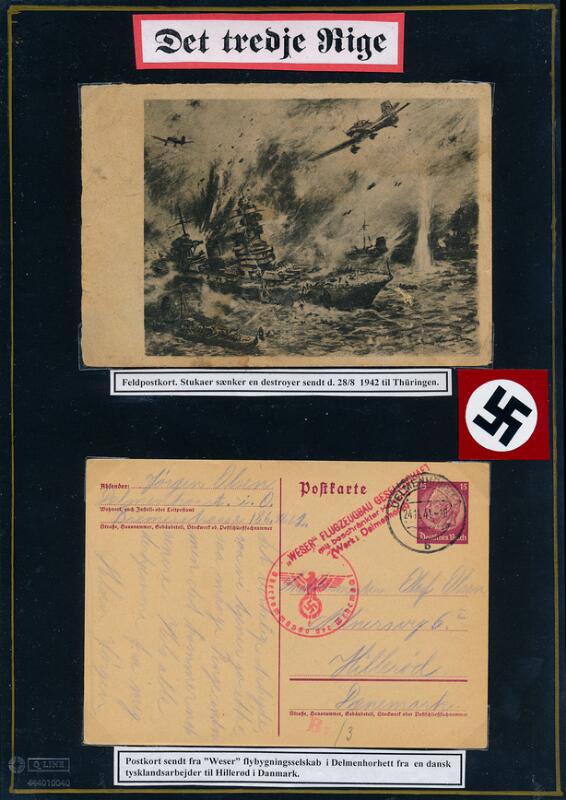
.jpg)

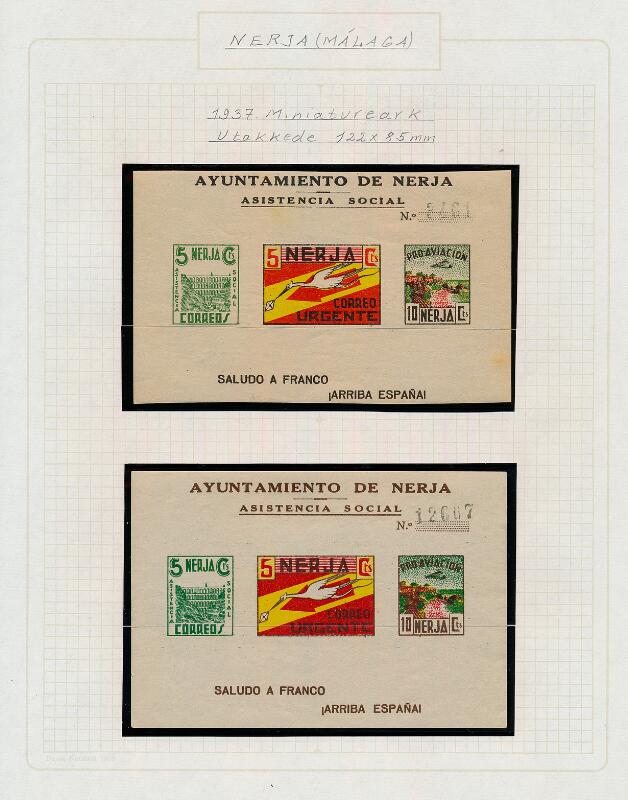


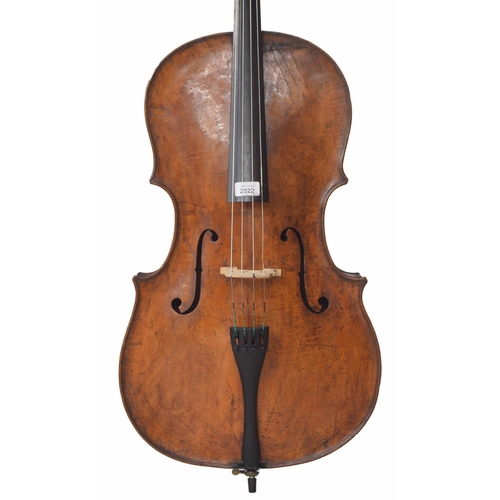


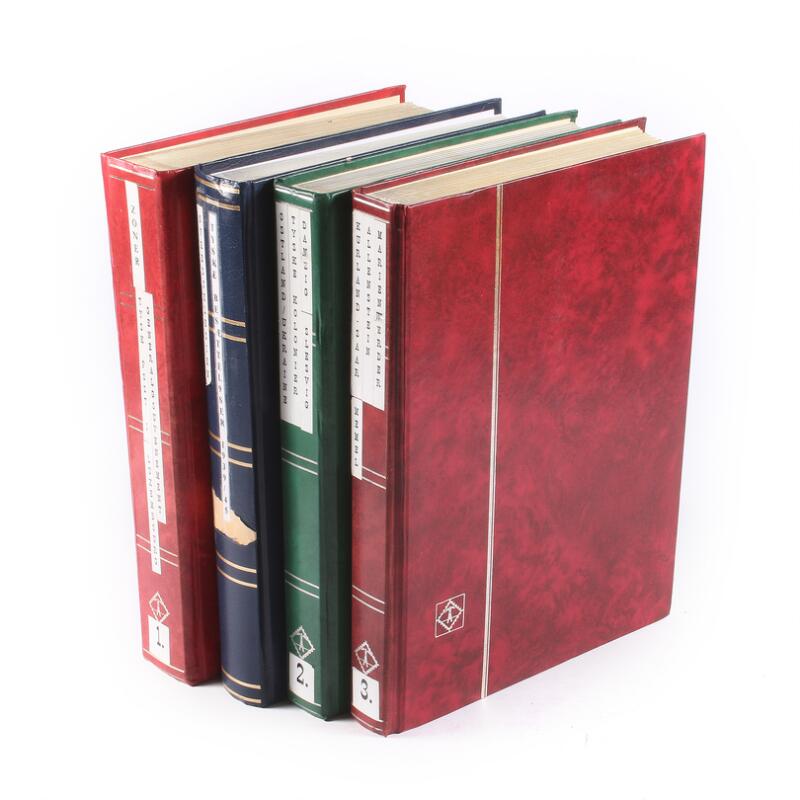
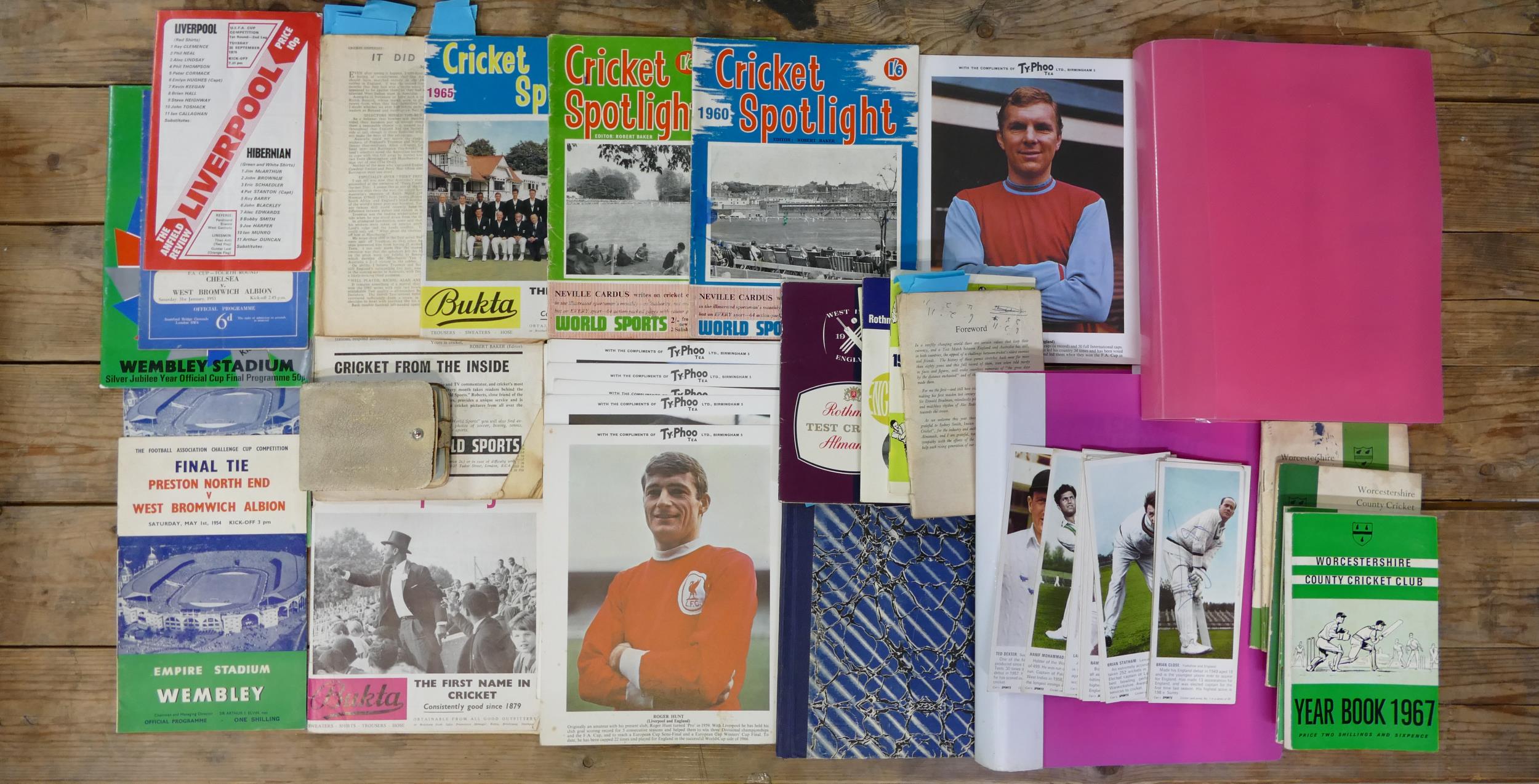



Testen Sie LotSearch und seine Premium-Features 7 Tage - ohne Kosten!
Lassen Sie sich automatisch über neue Objekte in kommenden Auktionen benachrichtigen.
Suchauftrag anlegen